This
post was originally published on
this siteOriginally Posted At: https://breakingmuscle.com/feed/rss
If you’re lifting heavy at the gym, consuming a high-protein diet, and eating regularly throughout the day but still struggling to gain weight and muscle, you may benefit from supplementing with a mass gainer. Mass gainers provide a calorie-dense source of nutrients for athletes, bodybuilders, and hardgainers who struggle to consume the energy they need from food alone. They provide a convenient and efficient way to nourish your body with the nutrients it needs so you can finally bulk up.
Since every product offers something a little different, choosing the best mass gainer can be challenging. You may wonder what to look for when searching for a mass gainer to help you reach your goals. We help you answer this question and more in this detailed review. Keep reading for insight into eight of the best mass gainers on the market to help you narrow it down to the right one.
Medical disclaimer: This article is intended for educational and informational purposes only. It is not intended as a substitute for medical advice. For health advice, contact a licensed healthcare provider.
Our Top Picks for the Best Mass Gainers
Best Mass Gainer Overall: Crazy Nutrition Mass Gainer
Crazy Nutrition Mass Gainer
- Number of servings: 20
- Price per serving: $4.50
- Calories per serving: 488
- Protein per serving: 39 to 40 grams
- Fat per serving: 10 grams
- Carbohydrates per serving: 55 to 56 grams
Check Price
Pros
- The main ingredient is oat flour, a whole grain that provides long-lasting energy
- Includes six grams of fiber, which reduces cholesterol and helps regulate blood sugar
- Made with digestive enzymes that aid in digestion and improve the absorption of nutrients from food
Cons
- Seven grams of saturated fat per serving
- Only two flavors available
- Includes artificial sweeteners
Crazy Nutrition’s Mass Gainer is formulated to help you pack on muscle mass, increase size, and recover faster. Each four-scoop serving contains 488 calories and 40 grams of protein. Drink this in a shake, and you’re consuming an entire meal’s worth of extra nutrients.
Unlike most other mass gainers that use maltodextrin as their main ingredient, Crazy Nutrition’s mass gainer uses oat flour. Oat flour is a whole grain and complex carbohydrate that provides a long-lasting energy source to help you push through your workouts without crashing later. Packed with fiber, oat flour will keep you feeling full and satisfied.
With only 55 grams of carbs, you’re not consuming extra calories that could result in gaining more body fat. Mass gainers typically include anywhere from 50 to 250 grams of carbs per serving. Compared to other options, Crazy Nutrition is a low-carb mass gainer.
Following carbs, protein is the next main ingredient. Whey and milk protein are combined to offer you the greatest muscle-gaining benefits. Whey protein is high in leucine, an amino acid that helps activate muscle protein synthesis, making it ideal for building mass. (1)
Medium-chain triglyceride (MCT) oil powder provides a source of fat and is easily digested, absorbed, and transported throughout the body for a quick source of energy.
Even more, customers who left reviews on the Crazy Nutrition website love the taste. With only chocolate and vanilla flavors to choose from, you can’t make a wrong choice because these flavors pair well with various liquids and foods.
Crazy Nutrition’s Mass Gainer offers a valuable product at a reasonable price. Compared to other mass gainer supplements with as little as 11 servings per container, you get 20 to 40 servings and truly get your money’s worth. Its high-quality ingredients, great taste, and affordability make it the best mass gainer overall. We also think it’s the best mass gainer for skinny guys due to its ideal macronutrient profile.
RELATED: Best Protein Powders for Weight Loss, Muscle Gain, and More
Best Mass Gainer for Bulking: MyProtein Extreme Gainer Blend
MyProtein Extreme Gainer Blend
- Number of servings: 20 to 40
- Price per serving: $2.28
- Calories per serving: 460
- Protein per serving: 40 grams
- Fat per serving: Six grams
- Carbohydrates per serving: 63 grams
Check Price
Pros
- Added creatine monohydrate for enhanced muscle strength and size
- Most affordable per serving on our list
- Includes glutamine, an amino acid that supports muscle repair and recovery
Cons
- Includes artificial flavoring
- Mixed reviews on the taste
- Could be too low in calories depending on your energy needs
Each 3.5-scoop serving of MyProtein Extreme Gainer Blend is crammed with protein and carbohydrates to help you bulk up. Ingredients like creatine monohydrate, glutamine, digestive enzymes, and flaxseed flour are included to enhance exercise performance, aid in recovery, and improve digestive health.
Protein is king when it comes to packing on muscle. Forty grams of whey protein after a workout will likely help you achieve the positive net protein balance needed to activate muscle protein synthesis (the process of producing new muscle) and build muscle mass.
You don’t get high-quality creatine in every mass gainer, but if you’re looking to bulk up, it’s something you’ll want to have. Extreme Gainer includes creatine, which has been shown to improve muscle strength and power so you can push more weight and increase your one-rep max. (2)
Glutamine is another ingredient in this mass gainer that you won’t find in just any product. Glutamine is an amino acid that helps your muscles rebuild and repair themselves. It can reduce muscle soreness and aid in recovery. (3)
The main ingredient, maltodextrin, will provide energy before your workout so you can crush your goals at the gym. Oat flour is also included for longer-lasting energy and fiber. Furthermore, the flaxseed flour in this product provides additional fiber that may help improve digestive health, especially if your gut is sensitive to supplements.
Regarding taste, customers on the MyProtein website have left mixed reviews. One customer thinks the vanilla is tolerable and writes, “The taste of vanilla is good but has also not a very good aftertaste.” Another customer says, “Chocolate tastes ‘fine’ and Cookies and cream tastes like sugar and cream with some coffee mixed in.” We’ll let you decide for yourself.
MyProtein Extreme Gainer Blend’s high-protein formula with creatine and glutamine could offer the calories and nutrients you need to bulk up. Not only that, but it’s also the most affordable mass gainer in terms of cost per serving on our best mass gainers list.
Best Vegan Mass Gainer: Naked Nutrition Vegan Weight Gainer
Naked Nutrition Vegan Weight Gainer
- Number of servings: 11
- Price per serving: $5.91
- Calories per serving: 1,230 to 1,280
- Protein per serving: 50 grams
- Fat per serving: Four to 15 grams
- Carbohydrates per serving: 237 to 248 grams
Check Price
Pros
- Whopping 50 grams of vegan protein with a complete essential amino acid profile
- Only three ingredients without any unnecessary fillers and additives
- Only four grams of total fat and very low in saturated fat
Cons
- Only 11 servings per container
- Very high in carbohydrates from maltodextrin
- Expensive price per serving
Naked Nutrition’s Vegan Weight Gainer is energy-dense, protein-packed, and made with minimal ingredients. Tapioca maltodextrin, pea protein, and brown rice protein — that’s all there is to it! The product is certified vegan, gluten-free, soy-free, and isn’t made with GMOs. Each serving is four scoops and contains a whopping 1,230 to 1,280 calories, depending on the flavor.
The organic tapioca maltodextrin accounts for 237 grams of carbs per serving. Even for someone who requires more calories than the usual standard diet, that is a lot of carbs packed into one serving.
Technically, maltodextrin is a complex carb, which typically takes longer to digest. But it acts more like a simple carb, which digests more quickly, because it is low in fiber and has a high glycemic index (GI) value, meaning it can spike blood sugar. Nevertheless, it provides a quick energy source that could give you an extra boost to power through your workout.
Pea protein and brown rice protein provide 50 grams of protein per serving. Although these protein sources are plant-based, this weight gainer supplement contains all nine essential amino acids, making it a complete protein, which is ideal for packing on muscle.
Customers on the Naked Nutrition website approve of the taste. One customer writes, “I love the taste and the ease with which the powder dissolves in liquid.” Another customer says, “Best tasting vegan powder I’ve ever had! Easy on the stomach and mixes great in a blender.” As you can see, this mass gainer checks the boxes for both solubility and taste.
Naked Mass offers a simple blend of complete plant-based proteins and complex carbohydrates to aid muscle growth and weight gain. Although it’s one of the pricier options, customers love the taste and quality.
Best Mass Gainer Protein Powder: Transparent Labs Mass Gainer
Transparent Labs Mass Gainer
- Number of servings: 15
- Price per serving: $5.33
- Calories per serving: 730 to 750
- Protein per serving: 51 to 53 grams
- Fat per serving: 13 to 14 grams
- Carbohydrates per serving: 106 to 110 grams
Check Price
Pros
- Includes three grams of creatine monohydrate
- Good source of dietary fiber
- 53 grams of high-quality whey protein concentrate
Cons
- Contains 12 grams of saturated fat
- Over $5.00 per serving
- Only two flavors available
Transparent Labs is a reputable supplement company known for high-quality products, including the Mass Gainer product. It comes in two flavors: Chocolate Glaze Donut and Sweet Vanilla. Each serving is two scoops and contains 750 calories from carbs, protein, and fat. It’s free of artificial coloring and sweeteners, GMOs, and gluten.
The calorie content provides a nice middle ground compared to others in this review, which range from just under 500 to more than 1,200 calories. At 750 calories per serving, you’re consuming the equivalent of a large meal with the Transparent Labs Mass Gainer.
The main ingredient in this product, which accounts for most of its calorie content, is tapioca maltodextrin, a common food additive that provides quick energy.
Whey protein concentrate is the main source of protein. Whey protein provides the full essential amino acid profile, including all branched-chain amino acids (BCAAs). Because whey protein digests rapidly, it increases blood amino acid concentrations quickly after consumption, which is ideal after a workout to maximize gains.
MCT oil powder accounts for most of the fat content. Although there are potential benefits to consuming MCT oil, including helping the body burn fat for energy, it’s still classified as saturated fat and should be consumed in moderation. If you take this mass gainer daily, aim to make the rest of your food intake low in saturated fat. Choose lean meats and low-fat dairy options, and limit fried foods.
As if quality protein and complex carbohydrates weren’t enough, this product includes three grams of creatine monohydrate to support enhanced muscle size, strength, and endurance. (2)
According to customer reviews on the Transparent Labs website, the Mass Gainer product doesn’t fall short on taste. One customer writes, “Great taste. Easy to mix.” Another customer states, “Seriously the best protein by taste and the cleanest.” Clearly, Transparent Labs knows how to create a great-tasting product that’s customer-approved.
RELATED: 13 Best Collagen Supplements
Best Tasting Mass Gainer: Crazy Nutrition Mass Gainer
Crazy Nutrition Mass Gainer
- Number of servings: 20
- Price per serving: $4.50
- Calories per serving: 488
- Protein per serving: 39 to 40 grams
- Fat per serving: 10 grams
- Carbohydrates per serving: 55 to 56 grams
Check Price
Pros
- The main ingredient is oat flour, a whole grain that provides long-lasting energy
- Includes six grams of fiber, which reduces cholesterol and helps regulate blood sugar
- Made with digestive enzymes that aid in digestion and improve the absorption of nutrients from food
Cons
- Seven grams of saturated fat per serving
- Only two flavors available
- Includes artificial sweeteners
Crazy Nutrition Mass Gainer is known for its quality ingredients and delicious taste. Every four-scoop serving contains 488 calories and around 40 grams of protein. It’s available in two flavors (Chocolate and Vanilla) and can be mixed with water or milk or added to a smoothie.
Oat flour, whey protein, and milk protein are the main ingredients. The oat flour makes this mass gainer supplement unique to most others that use maltodextrin as their source of carbs. Oat flour is a complex carb that provides extra fiber and keeps you energized for longer.
The oat flour combined with cocoa or vanilla gives the Crazy Nutrition Mass Gainer a creamy texture. Maltodextrin and sucralose are used as sweeteners to appease your sweet tooth. Sucralose is a low-calorie artificial sweetener often used in products to replace sugar. It’s generally considered safe to consume in moderate amounts. (4)
Check out the reviews left by customers who purchased this product from the Crazy Nutrition website, and you’ll notice a common thread — they love the taste. One customer wrote, “Great taste and steady gains.” Another commented, “Easy to mix. I add bananas and peanut butter to mine and it’s awesome.”
Overall, Crazy Nutrition’s Mass Gainer is a solid option for hardgainers looking to pack on solid muscle. It delivers on nutritional content, taste, and price.
RELATED: Best Pre-Workouts for Building Muscle, Running, Taste, and More
Best Lean Mass Gainer: Transparent Labs Mass Gainer
Transparent Labs Mass Gainer
- Number of servings: 15
- Price per serving: $5.33
- Calories per serving: 730 to 750
- Protein per serving: 51 to 53 grams
- Fat per serving: 13 to 14 grams
- Carbohydrates per serving: 106 to 110 grams
Check Price
Pros
- Includes three grams of creatine monohydrate
- Good source of dietary fiber
- 53 grams of high-quality whey protein concentrate
Cons
- Contains 12 grams of saturated fat
- Over $5.00 per serving
- Only two flavors available
Transparent Labs takes the cake when it comes to offering a mass gainer that won’t leave you feeling uncomfortably full and bloated. Made with an optimal balance of protein, carbs, and fat, it has everything you need to increase lean muscle mass.
This product doesn’t overdo it on the carbs, which we commonly see with other mass gainers. You get just the right amount — 106 to 110 grams, depending on the flavor — to help you reach your calorie needs without unnecessary fat gain, spiked blood sugar, and fatigue that can come with overconsuming carbs.
Aside from its 53 grams of whey protein concentrate and 110 grams of organic carbohydrates, Transparent Labs’ mass gainer includes other beneficial ingredients.
For example, the Chocolate Glaze Donut flavor includes six grams of soluble fiber, making this a high-fiber supplement. Soluble fiber helps lower cholesterol, control blood sugar, and keep you feeling fuller for longer. It may also help reduce bloating, gas, constipation, and diarrhea that some experience when taking supplements. (5)
Additionally, this product includes creatine monohydrate, which is known to enhance exercise performance. Studies indicate that a daily dosage of three to five grams of creatine improves muscle performance, builds muscle, and supports muscle recovery. (2) You could be more likely to gain the lean mass you desire when taking a mass gainer with creatine.
What’s more, customers love the taste and see results from this weight gainer supplement. Consider this product if you’re looking for a quality mass gainer with just the right amount of carbs, protein, and fat to help you achieve your goals.
Best Clean Mass Gainer: Naked Nutrition Weight Gainer Protein Supplement
Pros
- Made with only three ingredients
- No artificial additives
- Tested by Informed Choice for banned substances
Cons
- 21 grams of sugar
- Very high in carbohydrates
- Expensive price per serving
Naked Nutrition strategically combines whey, casein, and organic maltodextrin in the Weight Gainer Protein Supplement to help you build muscle and increase body weight. Choose from Unflavored, Vanilla, or Chocolate to satisfy your tastebuds. Each four-scoop serving contains an impressive 1,250 calories and 50 grams of protein.
Naked Nutrition strives to create effective supplements with minimal, clean ingredients. The Weight Gainer Protein Supplement‘s primary ingredient is tapioca maltodextrin, a readily absorbed source of carbohydrates that will energize and sustain you through a strenuous workout.
The protein blend of whey and casein provides a solid amino acid profile ideal for muscle growth and recovery. Whey protein is digested and absorbed rapidly, providing your body with readily available amino acids for rapid muscle building and repair. On the other hand, casein is slowly digested, feeding your muscle cells with amino acids over a longer period of time, which helps reduce muscle breakdown. (6)
When it comes to putting on size, it’s essential to meet your energy needs. With 1,250 to 1,360 calories per serving, this mass gainer provides a substantial boost to help you meet your elevated calorie needs.
Naked Nutrition doesn’t believe in using artificial sweeteners, flavors, or colors in its products, including the Weight Gainer Protein Supplement. Not only that, but this product is third-party tested for banned substances by Informed Choice. You can rest assured that you’re getting a product without harmful or toxic contaminants.
Sometimes high quality comes with a higher price tag, as is the case with Naked Nutrition’s Weight Gainer Protein Supplement. Consider the product’s clean formulation and the company’s commitment to transparency when deciding whether to invest in it. This mass gainer may be right for you if you’re looking for a product free of artificial ingredients and cheap fillers.
Best Mass Gainer With Creatine: Optimum Nutrition Serious Mass
Pros
- Includes three grams of creatine monohydrate
- Available in five different flavors
- Tested by Informed Choice for banned substances
Cons
- Eight grams of added sugar per serving
- Very high in carbohydrates
- Artificially flavored
Optimum Nutrition is known for offering delicious supplements, and Serious Mass is no exception. Serious Mass provides the calorie surplus and creatine helpful for muscle growth. This mass weight gainer comes in several mouth-watering flavors including Chocolate, Vanilla, Strawberry, Banana, and Chocolate Peanut Butter.
Each two-scoop serving contains 1,260 calories and 50 grams of protein to support muscle building. Optimum Nutrition recommends that new users start with a half serving (one scoop), as the full serving may be difficult to digest and could cause gastrointestinal discomfort.
Optimum Nutrition Serious Mass contains a mix of carbs, protein, and fat for a complete macronutrient profile. The carbs come from maltodextrin, a fast-digesting source of carbs commonly used in mass gainers. The protein comes from a blend of whey protein concentrate, calcium caseinate, and egg albumin. MCT oil contributes to the fat content, which is relatively low compared to other mass gainers — Serious Mass has just five to six grams of fat while other weight gain supplements have 15.
Serious Mass includes three grams of creatine monohydrate per serving. Creatine has been shown to help build muscle, aid ATP synthesis (energy), and enhance exercise performance when taken in a three to five-gram daily dosage. (2)
Customers who have reviewed the product on Amazon generally prefer the taste when they mix it with milk. One customer recommends mixing it into a smoothie and writes, “The vanilla goes really well in a shake with strawberries, bananas, and milk.” Another customer appreciates its solubility and writes, “Good for putting on size. Tastes great and is easy to blend.”
Serious Mass has been tested by Informed Choice for banned substances, giving you more assurance that you aren’t subjecting your body to harmful contaminants. It’s reasonably priced compared to other options on the market, which can cost more than $6.00 per serving. When combined with heavy lifting and additional food intake, it may be the mass-gaining supplement with creatine you’ve been looking for to help you fill out and gain muscle.
How We Chose the Best Mass Gainers
Choosing the best mass gainers required careful consideration of various factors. We understand that everyone has different goals, budgets, calorie needs, and dietary preferences, so we intentionally included a variety of mass gainers in this review to offer something for everyone.
We strived to include mass gainers with quality ingredients that are limited in unnecessary fillers, artificial additives, and excessive added sugars. This means we sought out products with high-quality protein, complex carbohydrates, and additional ingredients like creatine that support muscle building and recovery. Ultimately, it’s our mission to guide you to top-notch products so you can achieve your goals without the hassle of wasting money on multiple supplements.
How Do Mass Gainers Work?
Putting on size and packing on muscle requires a caloric surplus and lots of protein. If you have a high metabolism or adhere to a strenuous exercise routine, it may be difficult to meet your energy needs through food alone. That’s why some endurance athletes, bodybuilders, and hardgainers (individuals who have difficulty gaining muscle mass) turn to mass gainers.
Mass gainers offer individuals a convenient and efficient way to increase their calorie intake. Instead of trying to uncomfortably scarf down another meal, they can simply mix a mass gainer into water or milk and consume it as a beverage. Mass gain supplements provide a blend of protein, carbs, and fat to support muscle growth and increased size.
Mass gainers often provide anywhere from 400 to 1,300 calories per serving. These calories can help consumers achieve a caloric surplus.
The majority of calories in mass gainers come from carbs. Carbs are the body’s preferred source of energy and provide readily available fuel for intense workouts. Additionally, mass gainers are full of protein, which is required for muscle repair, recovery, and growth. The protein usually comes in the form of whey, casein, soy, or pea protein.
Lastly, some mass gainers include other performance-boosting ingredients like creatine and glutamine to support optimal muscle growth and recovery.
Mass gainers are not meal replacements and should be consumed in addition to regularly scheduled meals. For the best results, they should be used alongside a balanced diet and regular exercise.
RELATED: How to Eat More for Muscle and Strength Gains
Benefits of Mass Gainers
By this point you know mass gainers help increase size, but there are several other benefits these supplements may offer to improve your health and performance in the gym:
- Allow you to achieve a calorie surplus
- Promotes muscle growth and repair
- Improved energy
- Improved recovery
- Nutrient support
- Ease and convenience
When Is the Best Time to Take Mass Gainer?
When you choose to take a mass gainer is entirely up to you. Ideally, you can work it into your schedule at the same time(s) each day. Some common times to take a mass gainer include pre-workout, post-workout, between meals, and right before bedtime.
Consistency is more important than timing when it comes to taking a mass gainer. Gaining size and lean mass is largely dependent on your ability to regularly consume enough calories and protein. Ultimately, consistency over time is what will yield the greatest results.
What Are the Side Effects of Mass Gainer?
The possible side effects of mass gainers will vary among individuals. Some tolerate them better than others. Here are a few more common side effects you could experience.
Digestive Issues
Mass gainers contain a lot of calories, which some may find difficult to digest all in one serving. Bloating, gas, upset stomach, and/or diarrhea may occur if you attempt to consume more than your body can comfortably handle. You may need to start with a half-serving size to avoid these symptoms. You can also choose to split a serving size up into smaller portions throughout the day.
Allergies
Many mass gainers include allergens such as milk, soy, and wheat. If you have an allergy, always check the label and ingredients list. Choose a product that fits your dietary needs to avoid potentially dangerous allergic reactions.
Increased Blood Sugar
Mass gainers are generally high in carbohydrates, which can make it difficult to manage blood sugar.
Maltodextrin is a common main ingredient in mass gainers. Maltodextrin is a highly processed source of carbohydrates typically made from corn, rice, tapioca, or potato starch. This ingredient is fast-digesting and can cause a spike in blood sugar. If you have diabetes or are monitoring your blood sugar, speak with your doctor before starting a mass gainer.
Nutrient Imbalances
Mass gainers are intended to be consumed in addition to a balanced diet containing plenty of whole foods. To avoid nutrient deficiencies or imbalances, eat a variety of whole grains, beans, vegetables, fruits, nuts, and protein.
Remember, not everyone will experience these side effects. However, if you have a medical condition or are taking medication, I recommend speaking with your doctor before starting a new supplement.
What To Look For When Buying Mass Gainer
Every mass gainer on the market is a little different, so it’s important to know what to look for when shopping around. Nutrients, ingredients, and protein sources can make a difference in the quality and effectiveness of the product you purchase. Here’s what to look for to ensure you’re getting a solid supplement.
Macronutrients
Mass gainers usually include all three macronutrients and are highest in carbs. Look for products with complex carbohydrates from oat flour or maltodextrin. Oat flour is ideal because it provides long-lasting energy and won’t spike blood sugar, whereas maltodextrin is quickly absorbed and can spike blood sugar. Also, aim to choose mass gainers without added sugar.
Most mass gainers will include anywhere from 50 to 250 grams of carbohydrates. Those that are very high in carbohydrates will also be very high in calories and may result in more weight gain from fat for some consumers.
Mass gainers often include 30 to 60 grams of protein per serving. If your goal is to gain lean mass, choose a mass gainer higher in protein.
The fat content in mass gainers varies, but most include 10 to 20 grams per serving. Aim for a product on the lower end of this range with less than five percent daily value (DV) from saturated fat. Mass gainers commonly include MCT oil. Although MCT oil may help the body burn fat for energy, it’s saturated fat and should be consumed in moderation. To reduce overall saturated fat intake, aim to consume the rest of your calories from food low in saturated fat by choosing lean meats and low-fat dairy foods and limiting fried foods.
Ingredients List
You may want to look for products with additional ingredients that boost muscle-building potential, aid in recovery, and improve digestion.
Look for products that include three to five grams of creatine monohydrate to gain strength, increase muscle mass, and improve muscle endurance.
Consider mass gainers with glutamine, an amino acid that may help your muscles recover more quickly after a workout and result in less muscle soreness. (3)
Soluble fiber is another ingredient you might see included on the ingredients list. Soluble fiber helps reduce cholesterol, control blood sugar, and keep you feeling full and satisfied. It may also help reduce uncomfortable side effects like gas and bloating that some experience when taking a mass gainer.
Furthermore, some mass gainers include digestive enzymes, which help break down food during digestion, allowing for better absorption.
Protein Source
Non-vegans should look for mass gainers made with whey protein, casein, and/or milk protein (casein and whey). These are complete protein sources containing all essential amino acids. Many consider whey protein to be the gold standard for muscle building because it is high in leucine, an amino acid that helps activate muscle protein synthesis. (1)
Casein protein is more slowly digested, making it a popular choice for supporting muscle growth overnight. The International Society of Sports Nutrition advises that drinking 30 to 40 grams of casein protein before bed can increase muscle protein synthesis. (7)
Soy and pea protein are also complete proteins and are good options for vegans. However, they have a lower density of essential amino acids compared to whey. Even so, a meta-analysis involving nine long-term studies saw no significant differences between whey and soy protein in terms of strength gains and lean muscle mass. (8)
Price
Mass gainers tend to be more pricey than even the best whey protein powders because they include more protein and calories. Since they all come in different-sized containers, look for products with affordable costs per serving. Mass gainers typically range from $3.00 to $6.00 per serving. Consider the quality of the product when determining your budget. For example, a mass gainer without artificial flavorings or sweeteners will be cheaper than one with all-natural ingredients.
Final Thoughts
Mass gainers are high-calorie supplements that provide a mix of macronutrients to help individuals consume more calories to support muscle and weight gain. If you have a high metabolism or burn a significant number of calories each day, they may help you meet your energy needs and build mass. Whether you’re looking for the best clean mass gainer or a mass gainer with creatine, there is a supplement out there for you.
When choosing the best mass gainer, consider the macronutrients, protein source, taste, and cost. Look for supplements that include high-quality ingredients such as creatine and glutamine that support your health and fitness goals. Mass gainers are most effective when used consistently and in combination with a well-rounded lifestyle. For the best results, continue to eat a nutrient-dense diet and engage in regular exercise.
FAQs
Which mass gainer is most effective?
The most effective mass gainer will vary from person to person. Choose a mass gainer that aligns with your goals, dietary needs, and training plan for the best results and effectiveness. We like Crazy Nutrition’s Mass Gainer because it contains high-quality ingredients, tastes great, and comes at a reasonable price point.
Does weight gainer really work?
Mass gainers help some individuals with weight and muscle growth, but their effectiveness varies depending on diet, training regimen, and energy needs. If used alongside a balanced diet and consistent training program, mass gainers can help provide the calories and protein necessary for muscle growth.
Is a mass gainer better than a protein shake?
The choice between a mass gainer and a protein shake depends on what goals you are trying to achieve. Mass gainers are for those who struggle to meet their energy needs from food to gain weight and muscle. Protein shakes are for athletes who want to gain muscle but don’t need a surplus of calories and other nutrients.
Which gainer is best for weight gain?
The best mass gainer for weight gain will depend on your dietary needs and individual preferences. A high-calorie mass gainer like Naked Nutrition’s Weight Gainer Protein Supplement is ideal for weight gain because it offers more than 1,200 calories per serving. However, consider ingredients, formulation, nutrition, flavor, and cost when choosing the best mass gainer for weight gain that fits your needs.
Research
- Jäger, R., Kerksick, CM., Campbell, BI., et al. National Society of Sports Nutrition Position Stand: protein and exercise. J Int Soc Sports Nutr. 2017;14:20. doi:10.1186/s12970-017-0177-8
- Wax, B., Kerksick, C. M., Jagim, A. R., Mayo, J. J., Lyons, B. C., & Kreider, R. B. (2021). Creatine for Exercise and Sports Performance, with Recovery Considerations for Healthy Populations. Nutrients, 13(6). https://doi.org/10.3390/nu13061915
- Legault Z, Bagnall N, Kimmerly DS. The Influence of Oral L-Glutamine Supplementation on Muscle Strength Recovery and Soreness Following Unilateral Knee Extension Eccentric Exercise. Int J Sport Nutr Exerc Metab. 2015;25(5):417-426. doi:10.1123/ijsnem.2014-0209
- Magnuson BA, Roberts A, Nestmann ER. Critical review of the current literature on the safety of sucralose. Food Chem Toxicol. 2017;106(Pt A):324-355. doi:10.1016/j.fct.2017.05.047
- Anderson JW, Baird P, Davis RH Jr, et al. Health benefits of dietary fiber. Nutr Rev. 2009;67(4):188-205. doi:10.1111/j.1753-4887.2009.00189.x
- Kanda A, Nakayama K, Sanbongi C, Nagata M, Ikegami S, Itoh H. Effects of Whey, Caseinate, or Milk Protein Ingestion on Muscle Protein Synthesis after Exercise. Nutrients. 2016;8(6):339. Published 2016 Jun 3. doi:10.3390/nu8060339
- Kerksick CM, Arent S, Schoenfeld BJ, Stout JR, Campbell B, Wilborn CD, Taylor L, Kalman D, Smith-Ryan AE, Kreider RB, Willoughby D, Arciero PJ, VanDusseldorp TA, Ormsbee MJ, Wildman R, Greenwood M, Ziegenfuss TN, Aragon AA, Antonio J. International society of sports nutrition position stand: nutrient timing. J Int Soc Sports Nutr. 2017 Aug 29;14:33. doi: 10.1186/s12970-017-0189-4. PMID: 28919842; PMCID: PMC5596471.
- Messina M, Lynch H, Dickinson JM, Reed KE. No Difference Between the Effects of Supplementing With Soy Protein Versus Animal Protein on Gains in Muscle Mass and Strength in Response to Resistance Exercise. Int J Sport Nutr Exerc Metab. 2018;28(6):674-685. doi:10.1123/ijsnem.2018-0071
The post 8 Best Mass Gainers for Bulking Up Fast appeared first on Breaking Muscle.

 (@evan_trex_strongman)
(@evan_trex_strongman)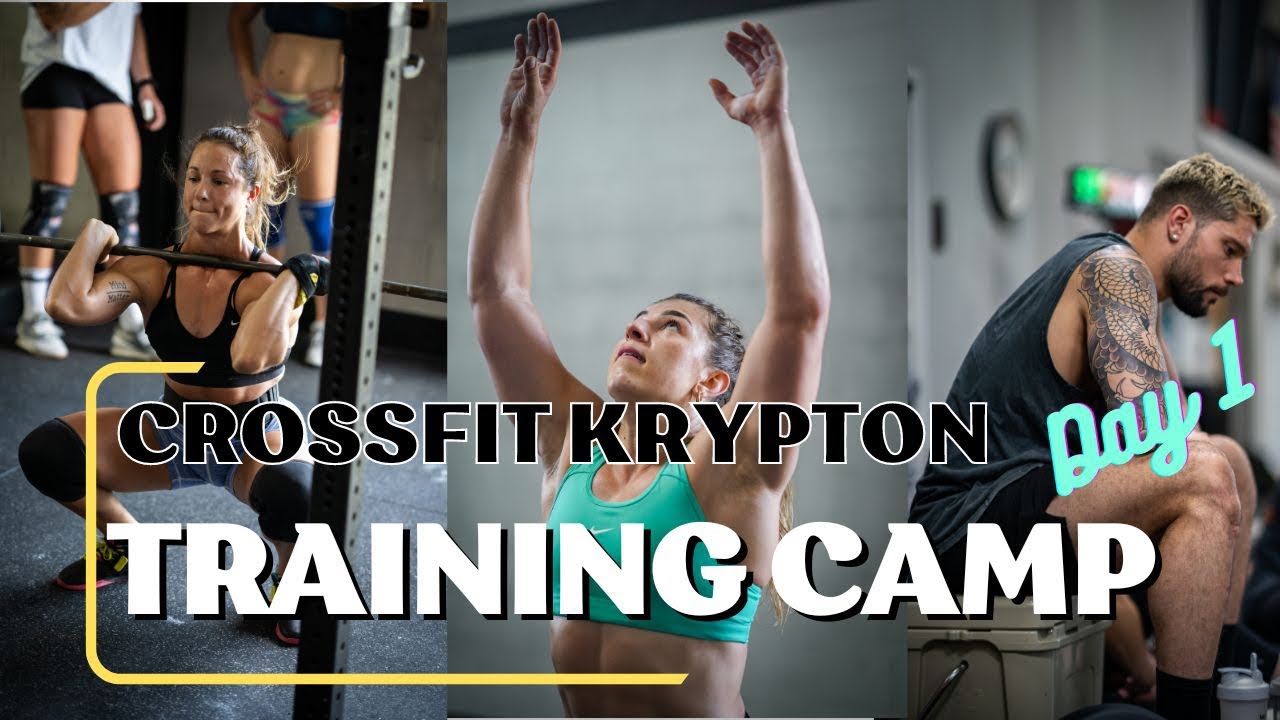
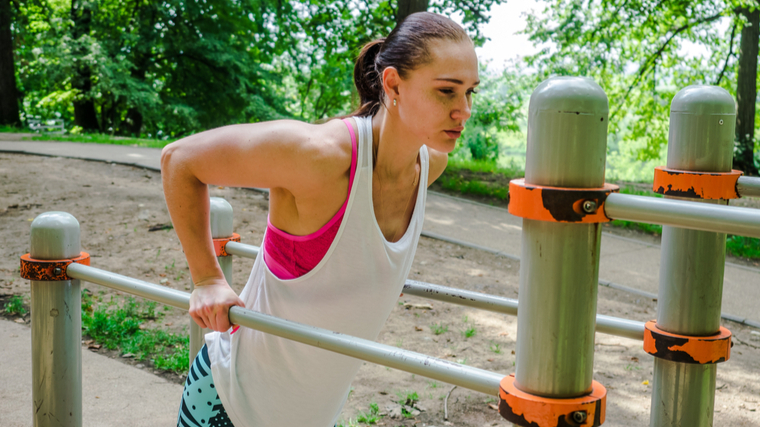
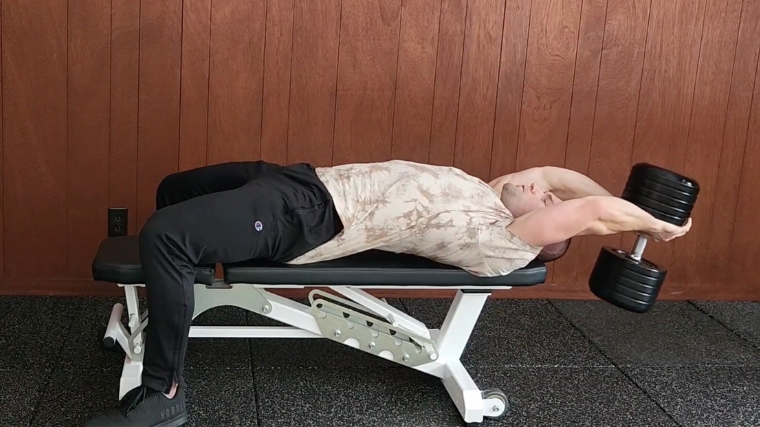
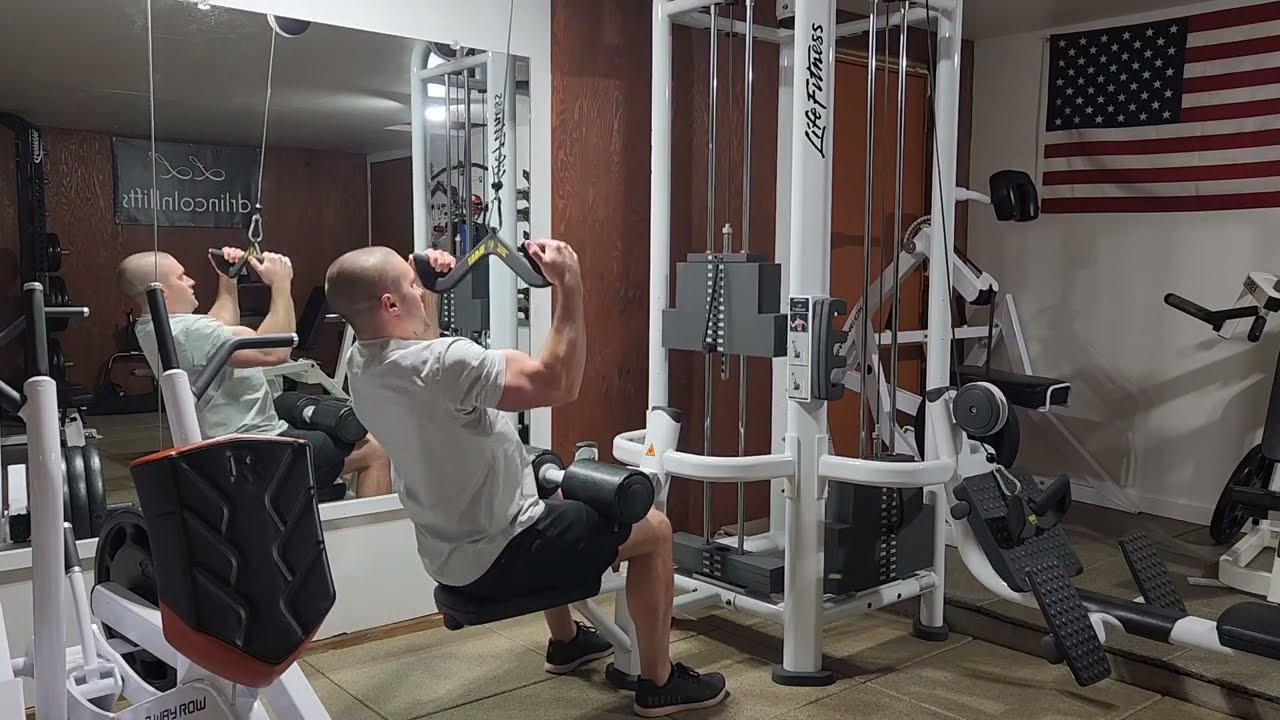
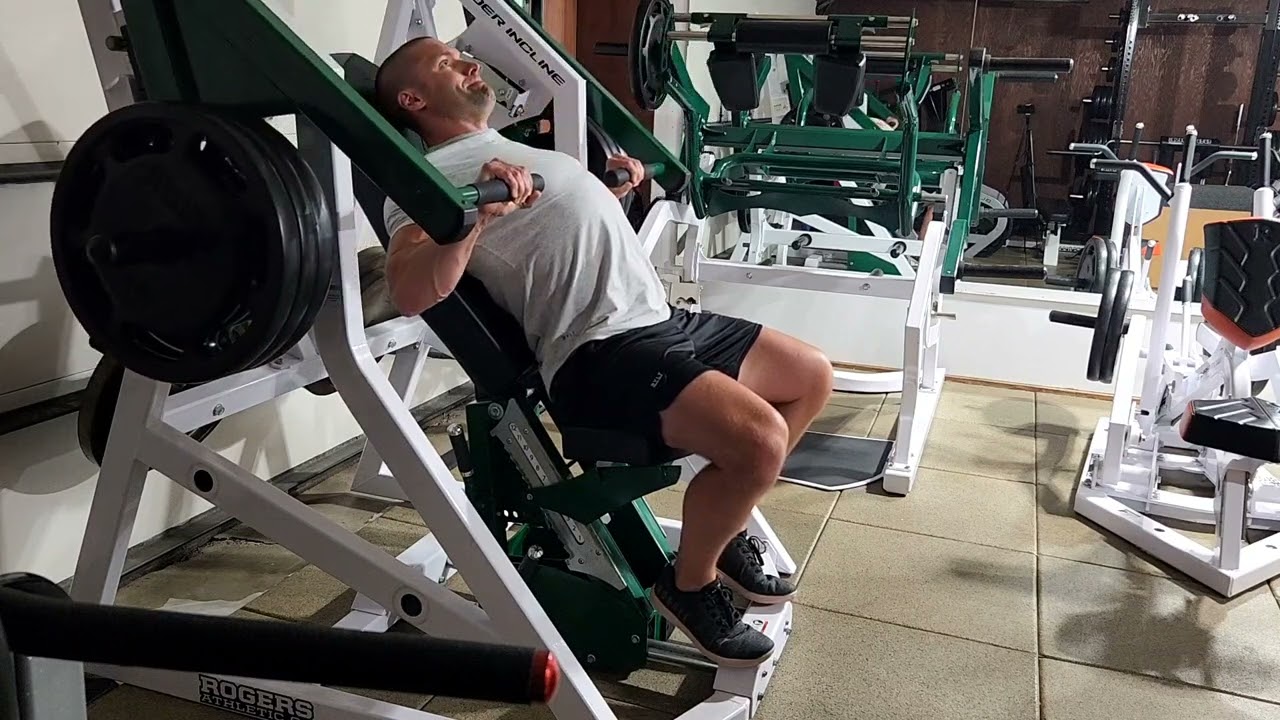
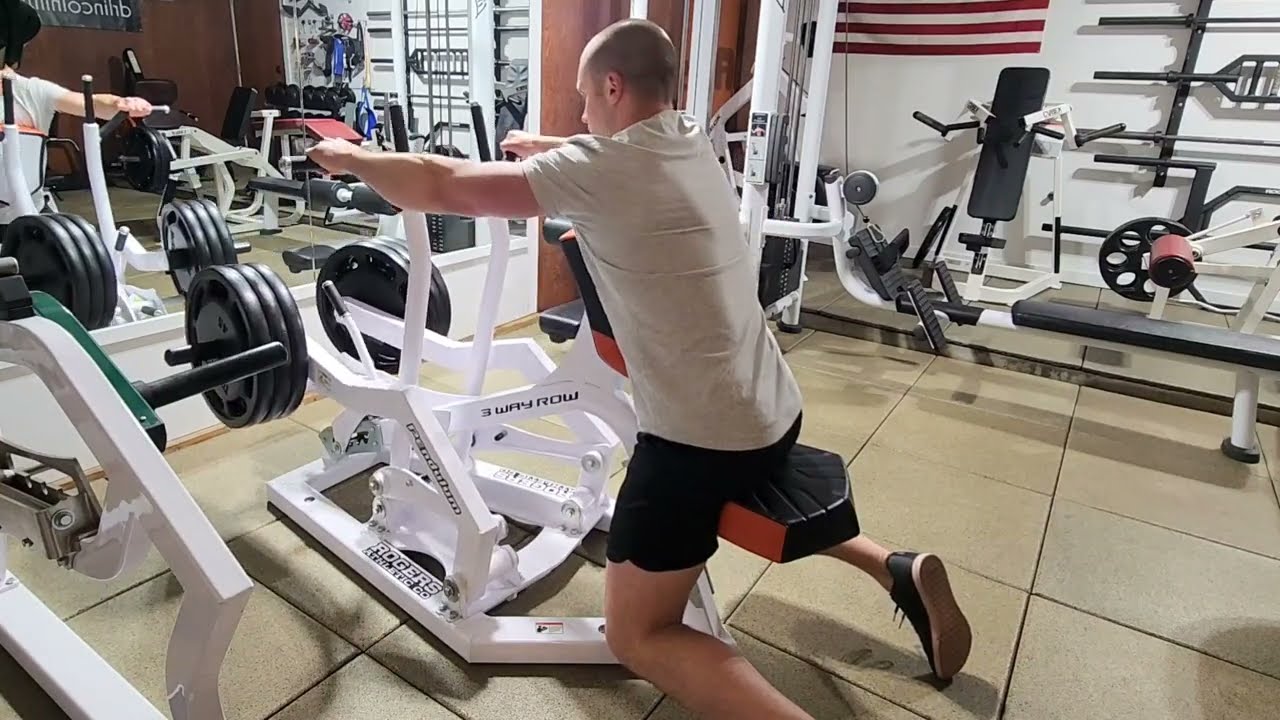
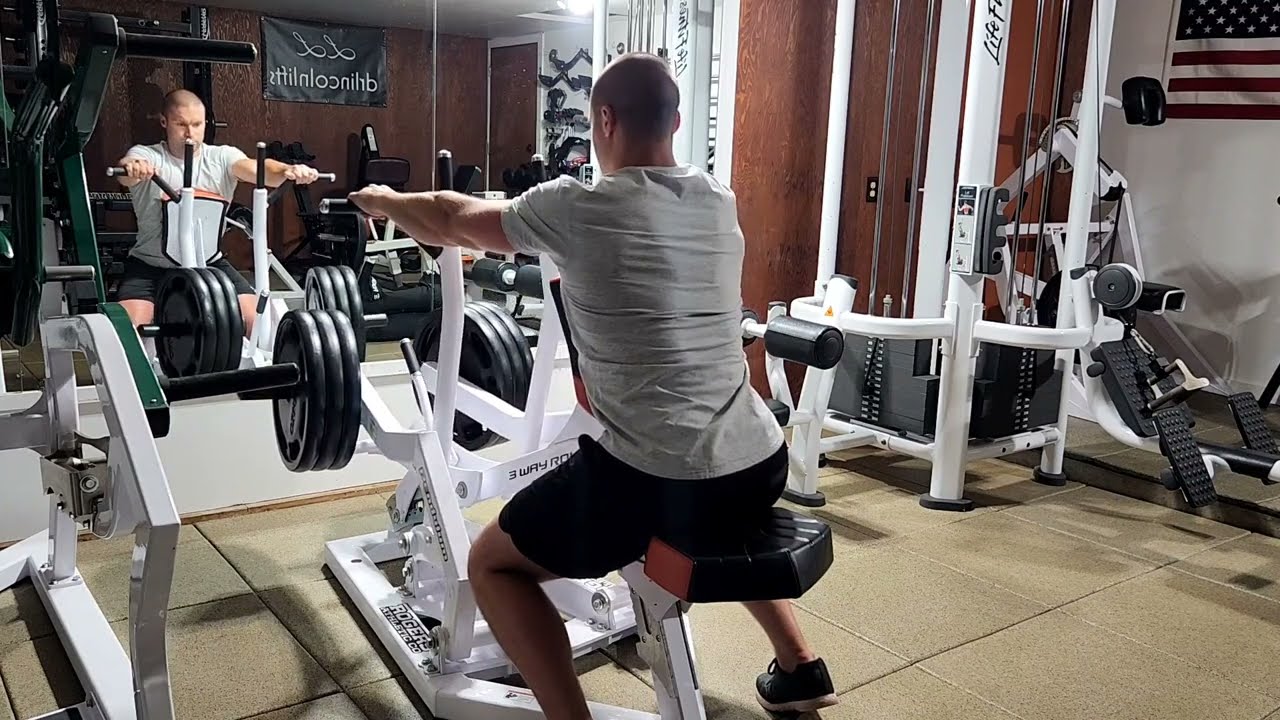
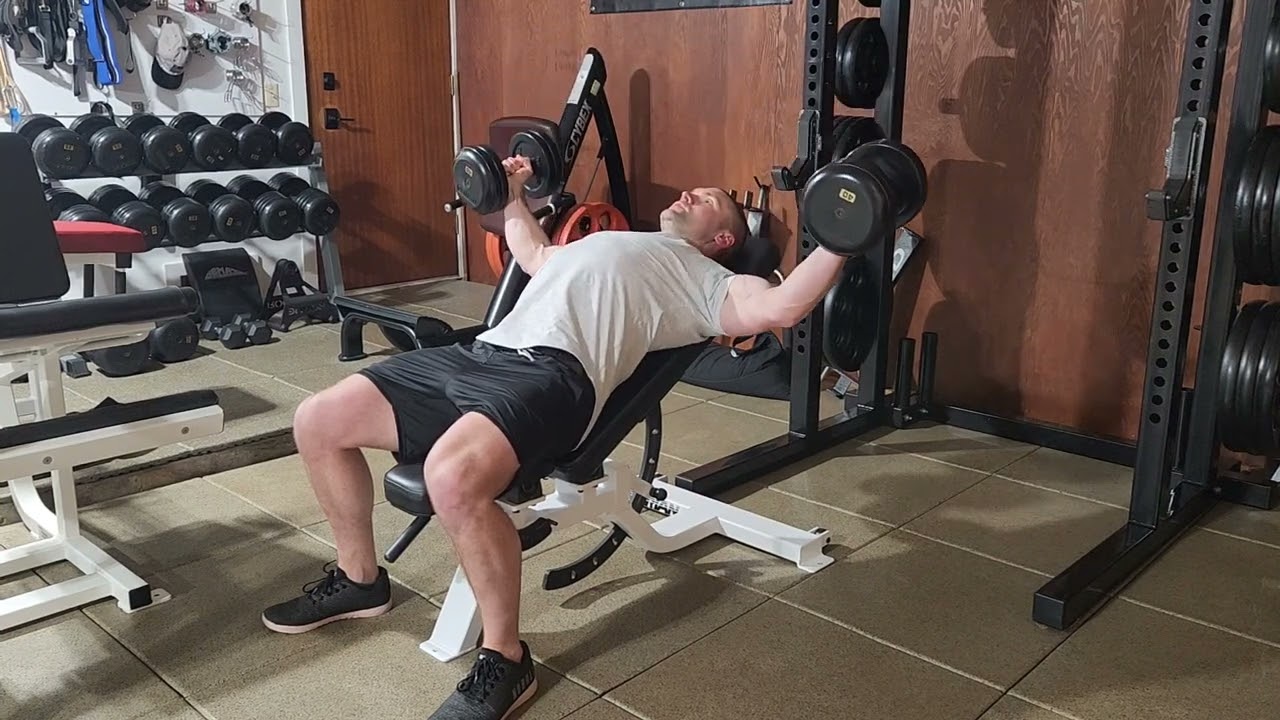

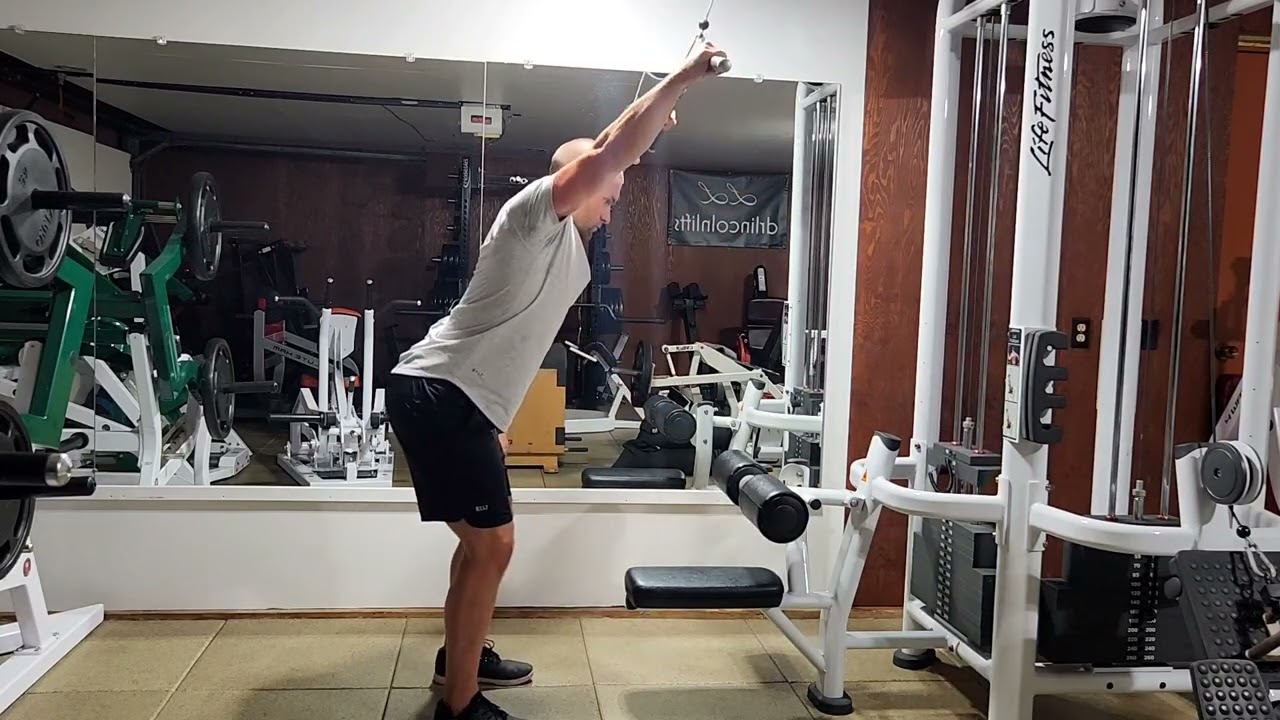
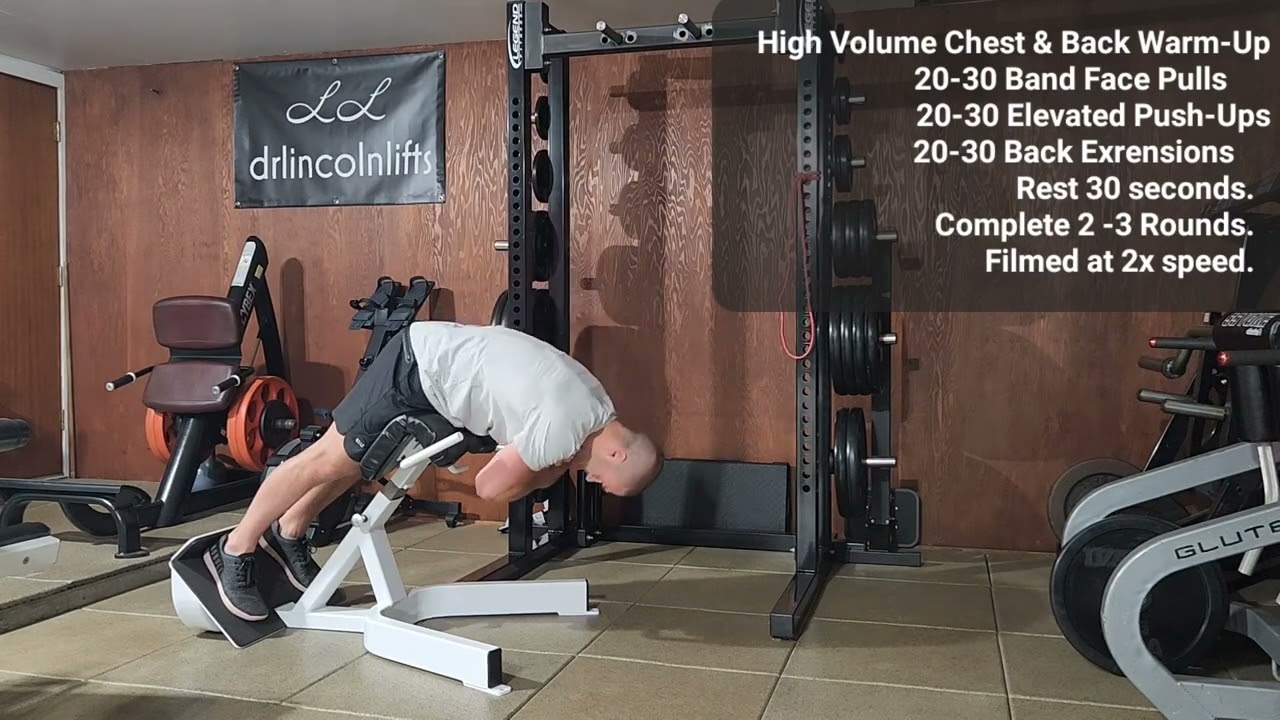
 The words “keto diet” may conjure up visions of bacon, butter, and heavy cream, but that’s just the tip of the iceberg when it comes to the delectable food options available to keto dieters.
The words “keto diet” may conjure up visions of bacon, butter, and heavy cream, but that’s just the tip of the iceberg when it comes to the delectable food options available to keto dieters. 






















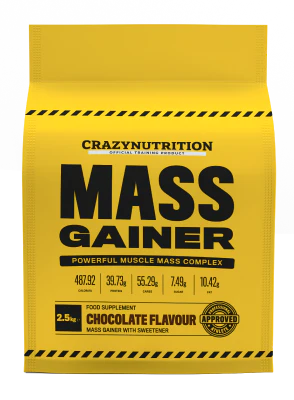
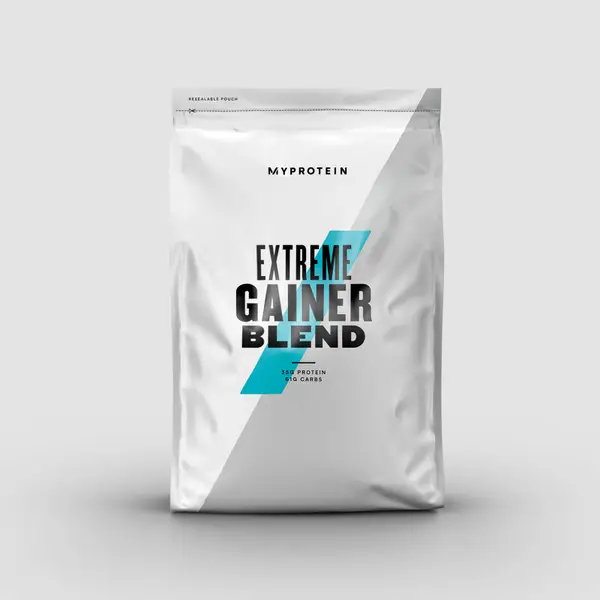
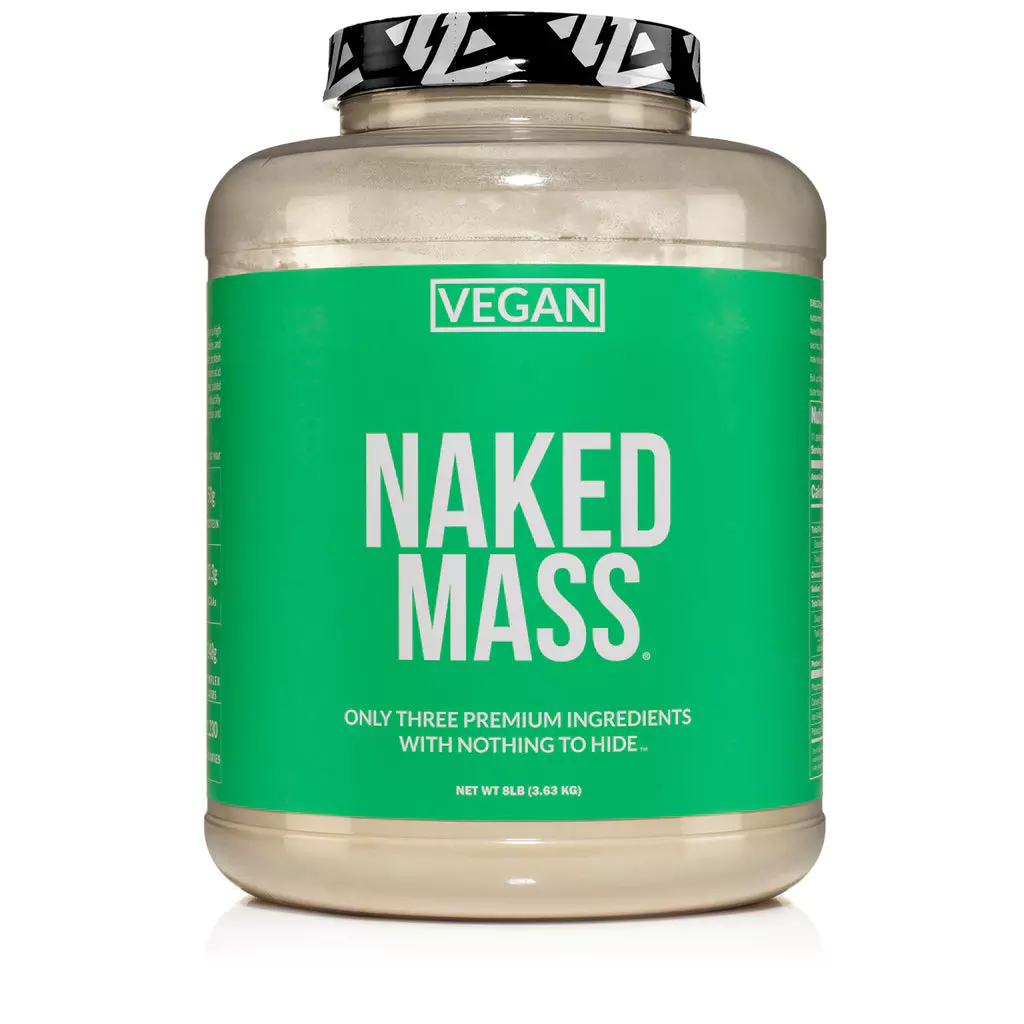
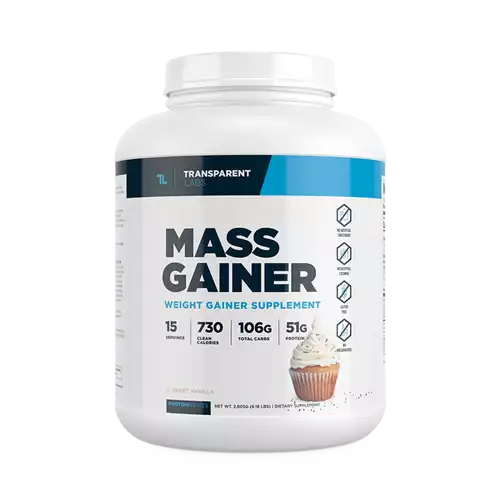
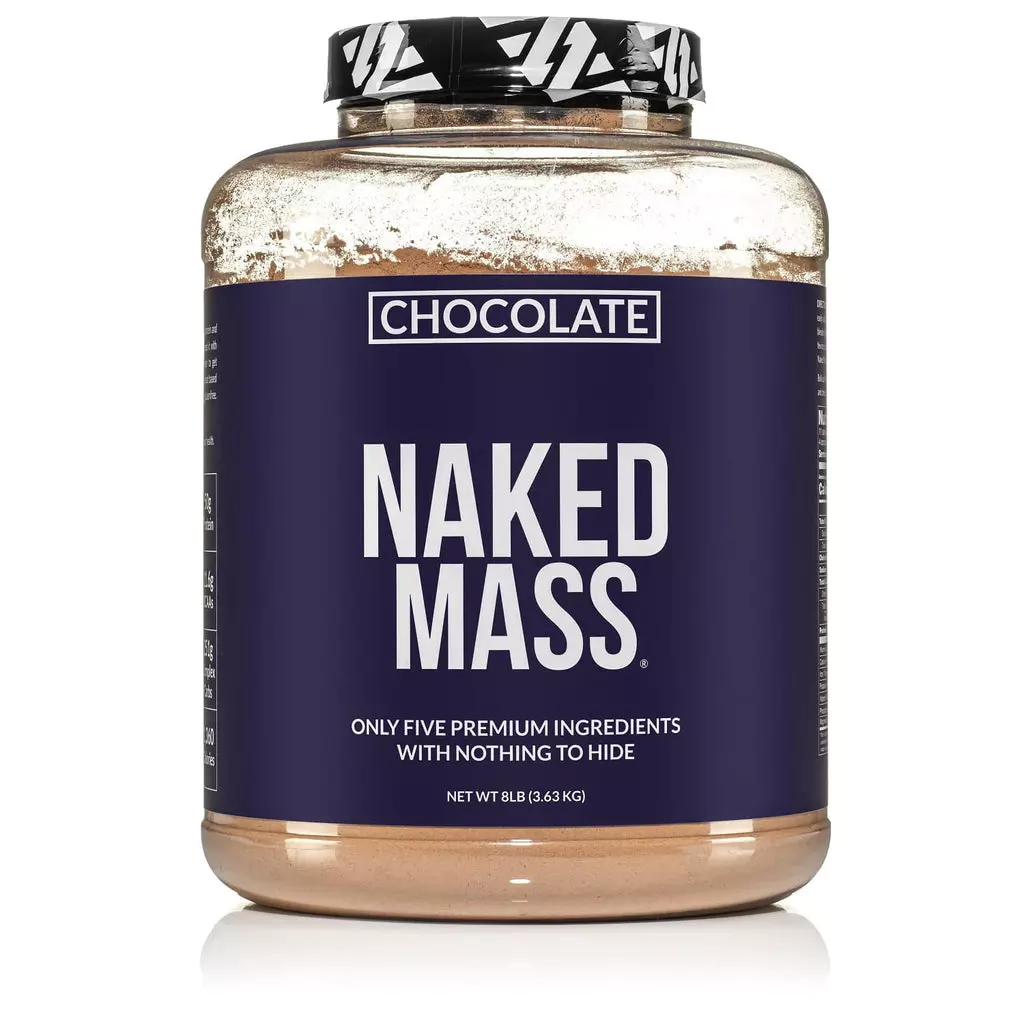
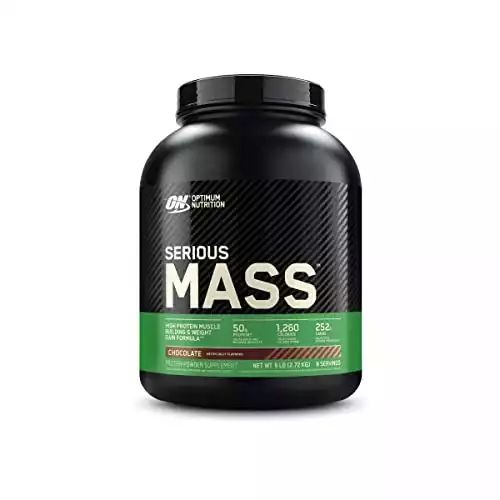
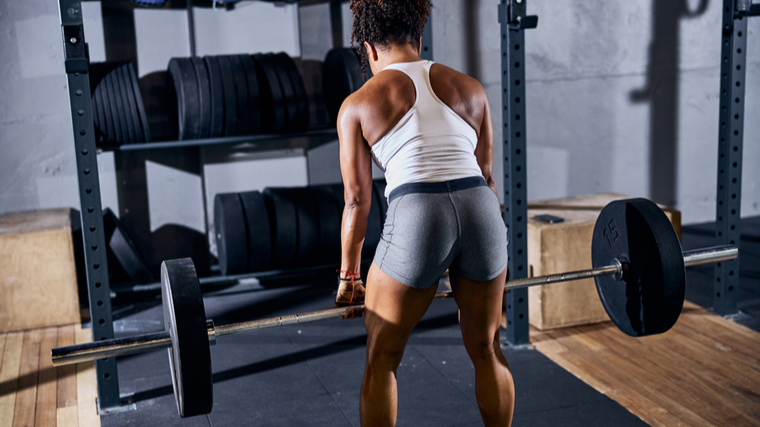
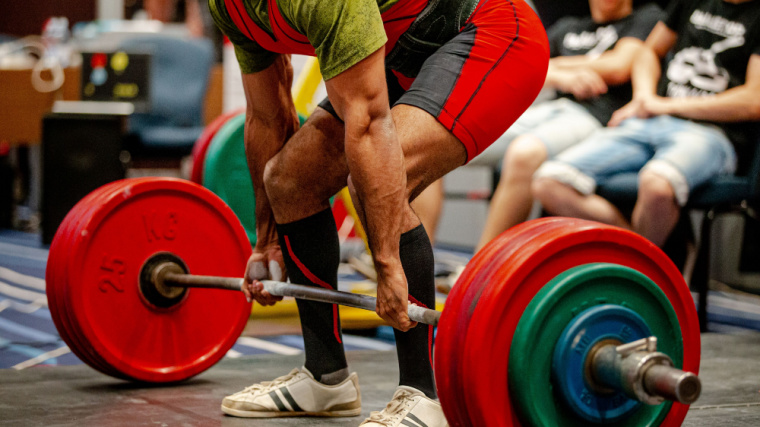
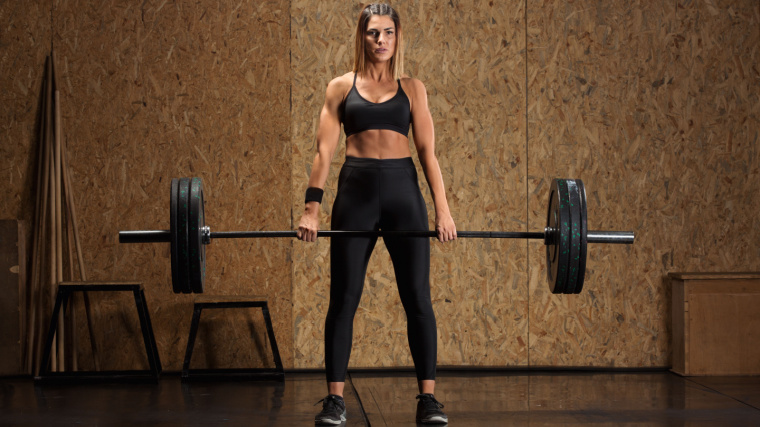
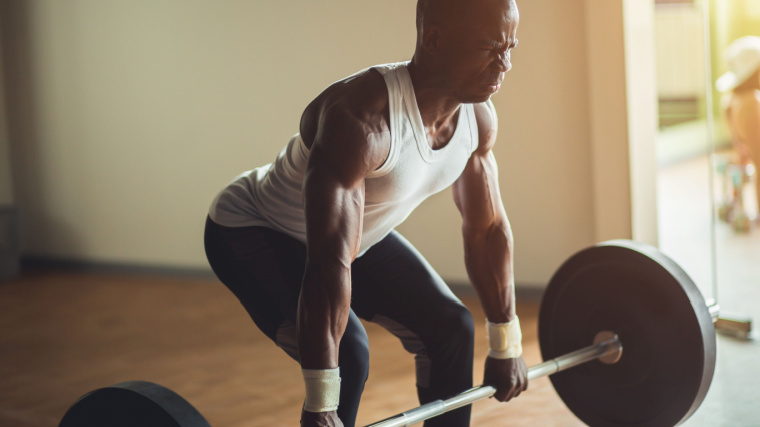
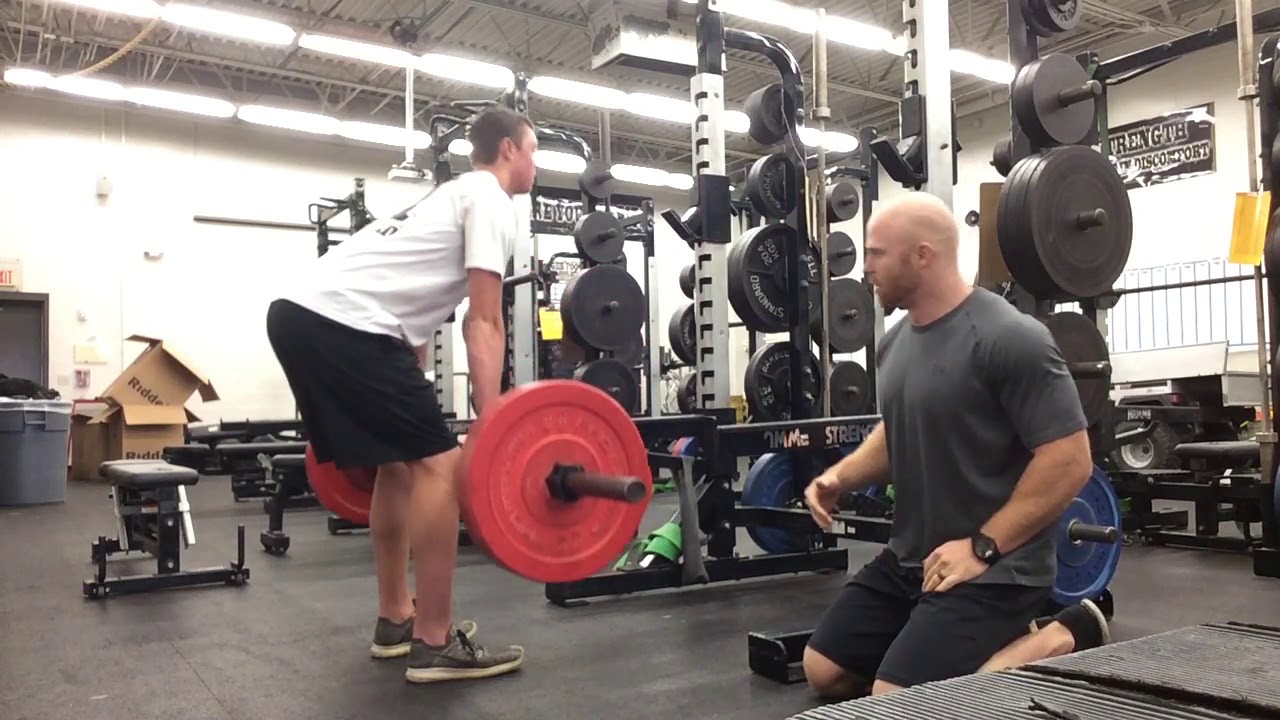

 For now classes are 6pm and 640pm at 2840 Wildwood st in the Boise Cloggers studio.
Book your class NOW!
click this ==>
For now classes are 6pm and 640pm at 2840 Wildwood st in the Boise Cloggers studio.
Book your class NOW!
click this ==>








